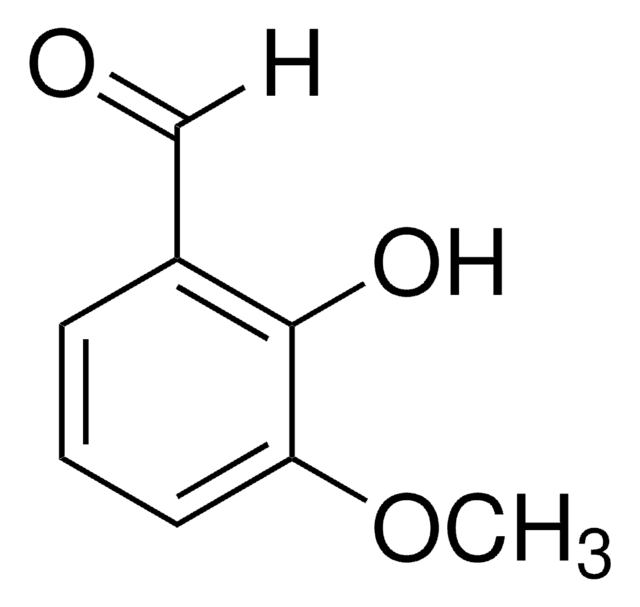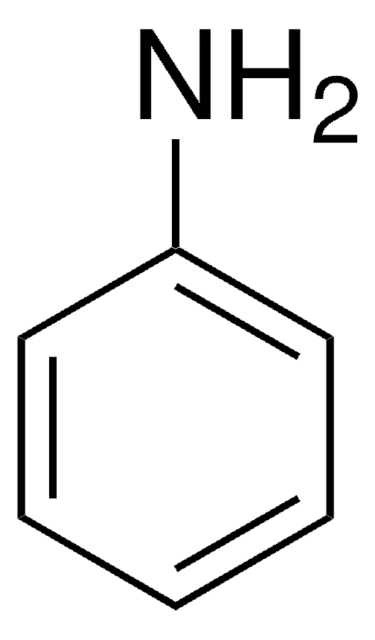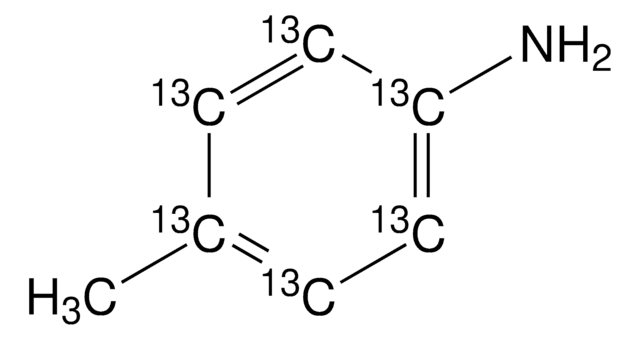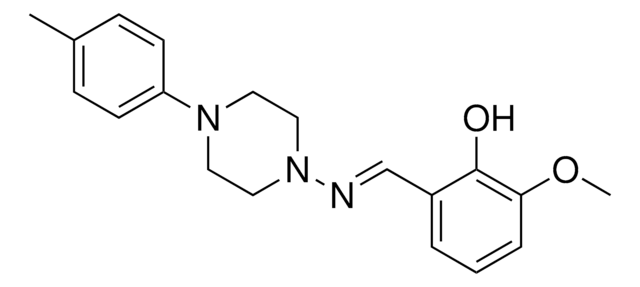236314
p-Toluidine
99.6%
Synonym(s):
4-Aminotoluene, 4-Methylaniline
About This Item
Recommended Products
vapor density
3.9 (vs air)
vapor pressure
0.26 mmHg ( 25 °C)
0.66 mmHg ( 38 °C)
Assay
99.6%
form
crystalline
autoignition temp.
899 °F
expl. lim.
6.6 %
pH
7.8 (7 g/L)
bp
200 °C (lit.)
mp
41-46 °C (lit.)
solubility
water: soluble 135 part(lit.)
acetone: freely soluble(lit.)
alcohol: freely soluble(lit.)
carbon disulfide: freely soluble(lit.)
diethyl ether: freely soluble(lit.)
methanol: freely soluble(lit.)
oil: freely soluble(lit.)
density
0.973 g/mL at 25 °C (lit.)
SMILES string
Cc1ccc(N)cc1
InChI
1S/C7H9N/c1-6-2-4-7(8)5-3-6/h2-5H,8H2,1H3
InChI key
RZXMPPFPUUCRFN-UHFFFAOYSA-N
Looking for similar products? Visit Product Comparison Guide
General description
Application
- aromatic azo compounds
- bidentate Schiff base ligands via condensation with salicylaldehyde
Signal Word
Danger
Hazard Statements
Precautionary Statements
Hazard Classifications
Acute Tox. 3 Dermal - Acute Tox. 3 Inhalation - Acute Tox. 3 Oral - Aquatic Acute 1 - Aquatic Chronic 2 - Carc. 2 - Eye Irrit. 2 - Skin Sens. 1A
Storage Class Code
6.1A - Combustible acute toxic Cat. 1 and 2 / very toxic hazardous materials
WGK
WGK 3
Flash Point(F)
188.6 °F - closed cup
Flash Point(C)
87 °C - closed cup
Personal Protective Equipment
Choose from one of the most recent versions:
Already Own This Product?
Find documentation for the products that you have recently purchased in the Document Library.
Customers Also Viewed
Our team of scientists has experience in all areas of research including Life Science, Material Science, Chemical Synthesis, Chromatography, Analytical and many others.
Contact Technical Service












